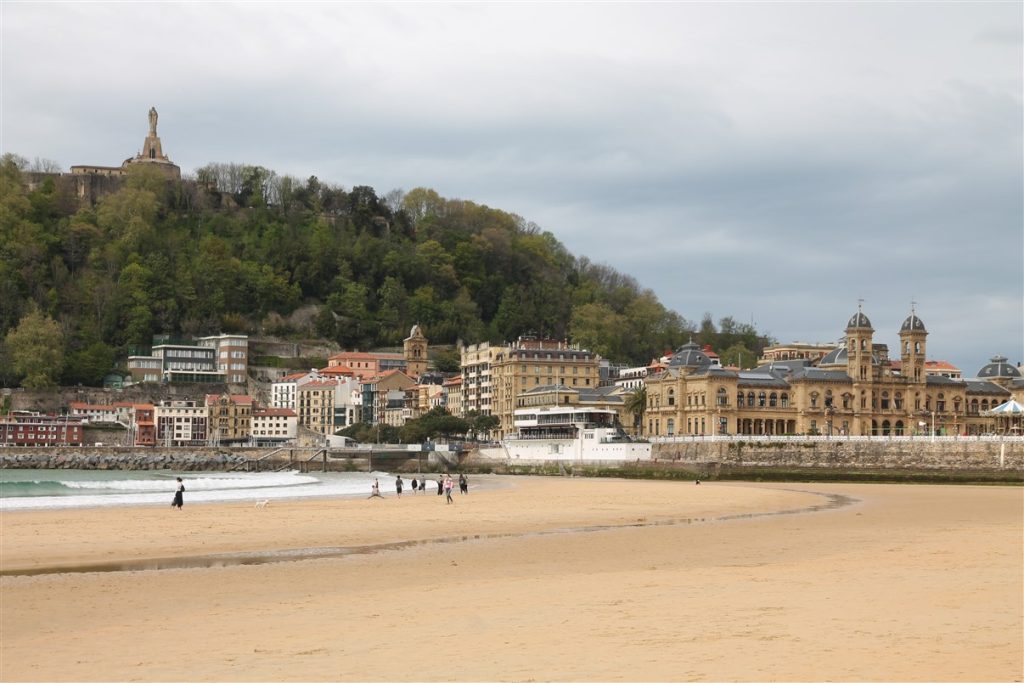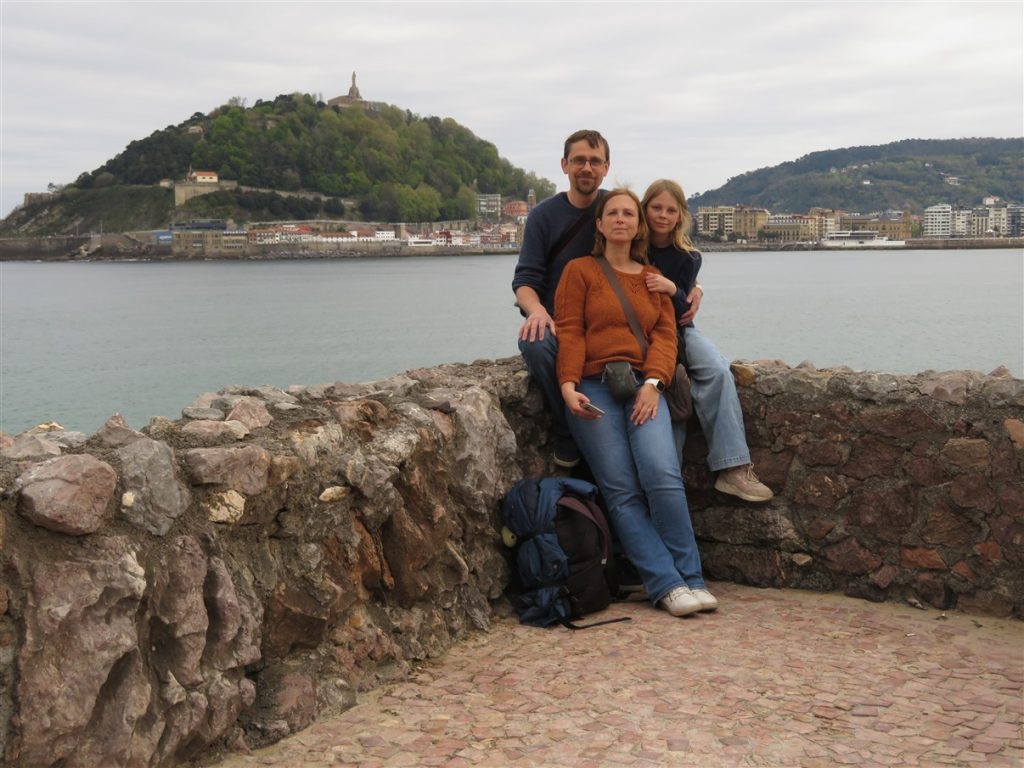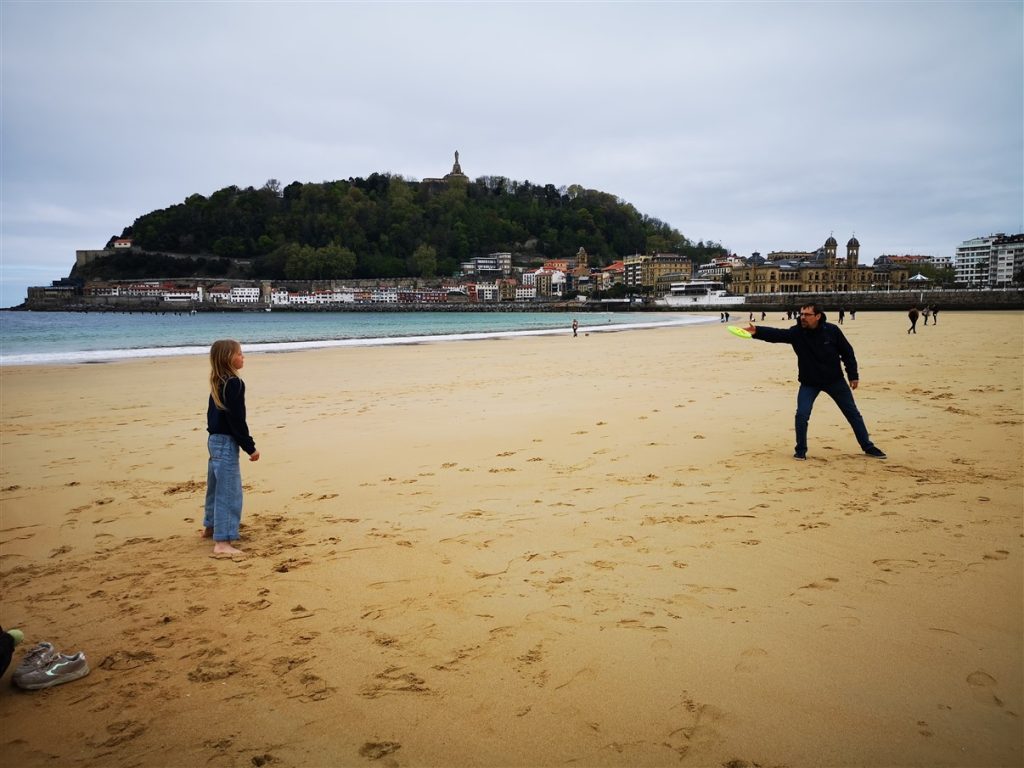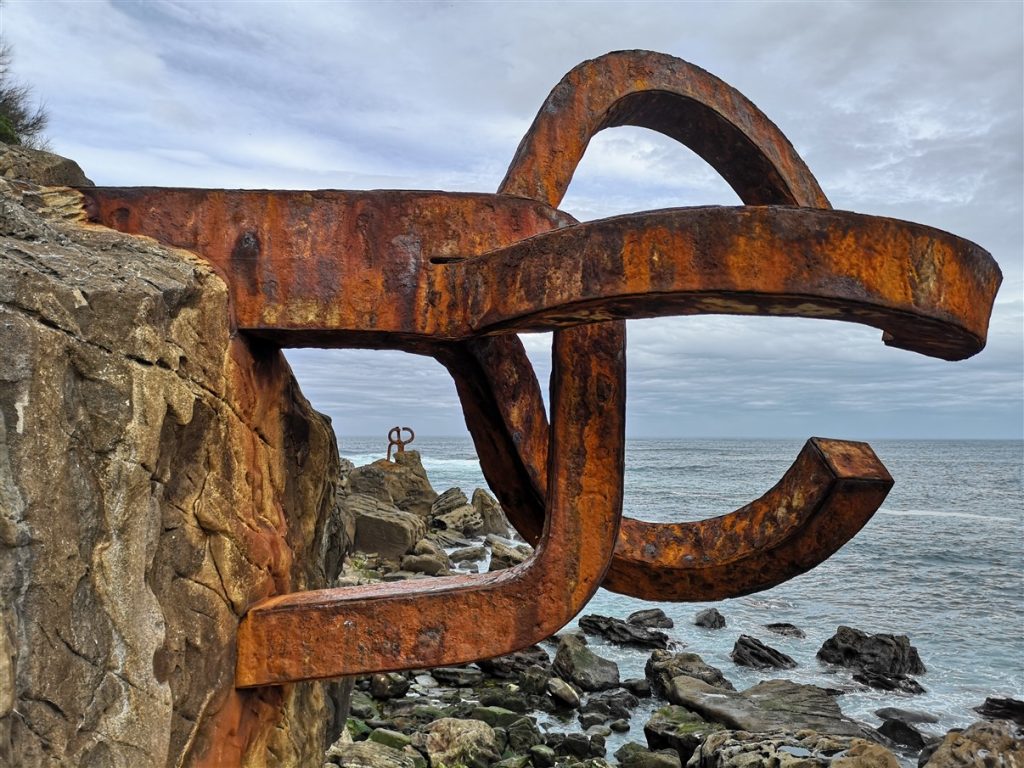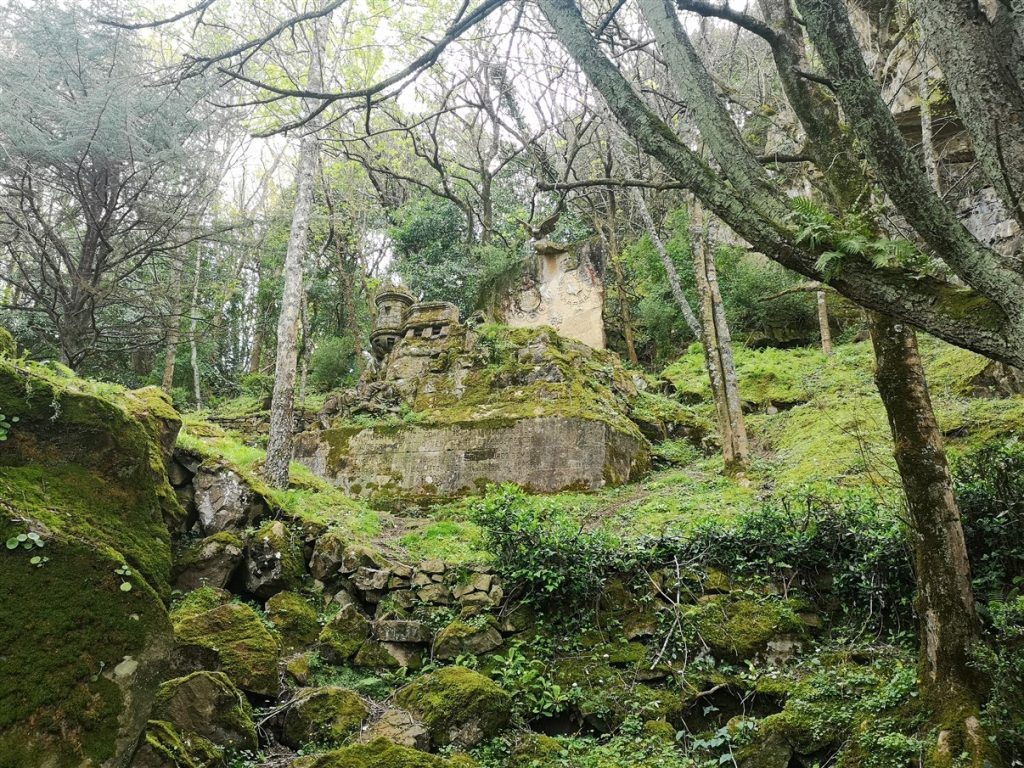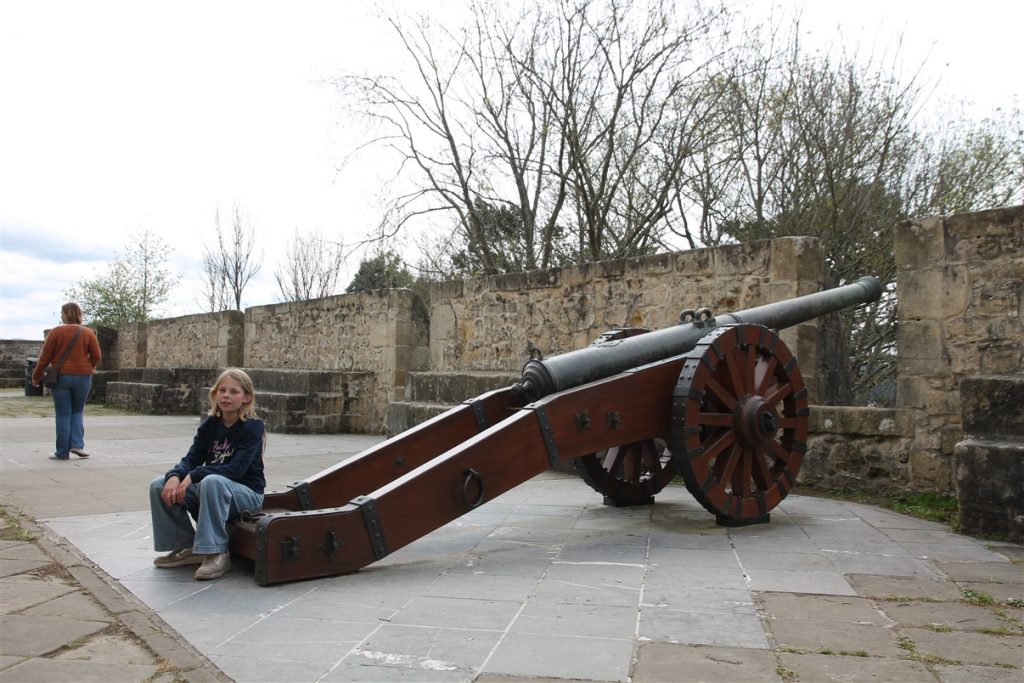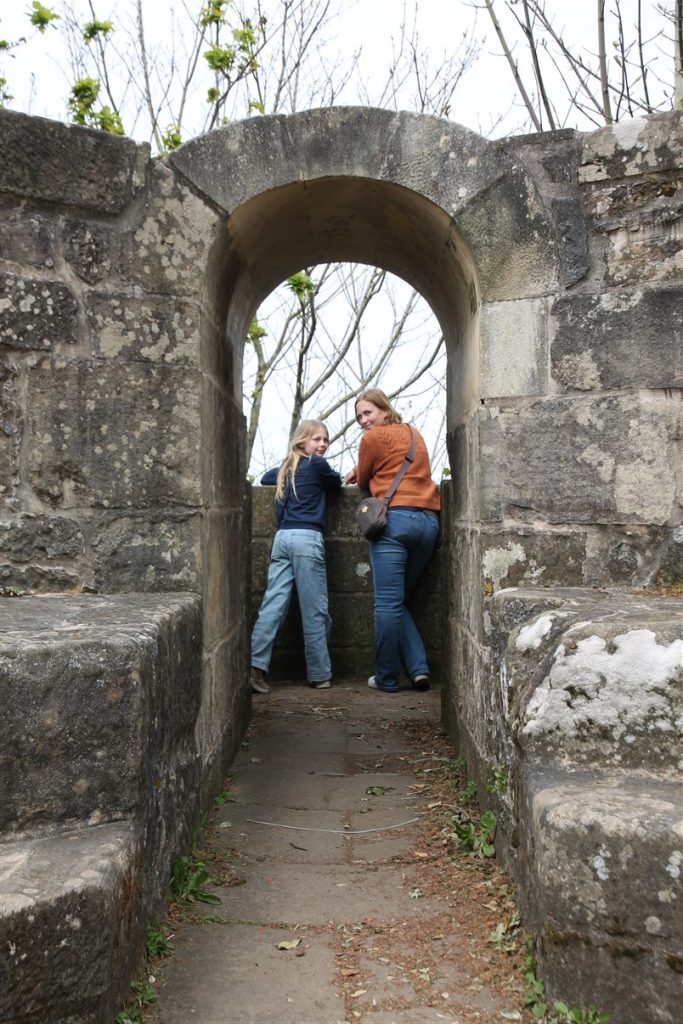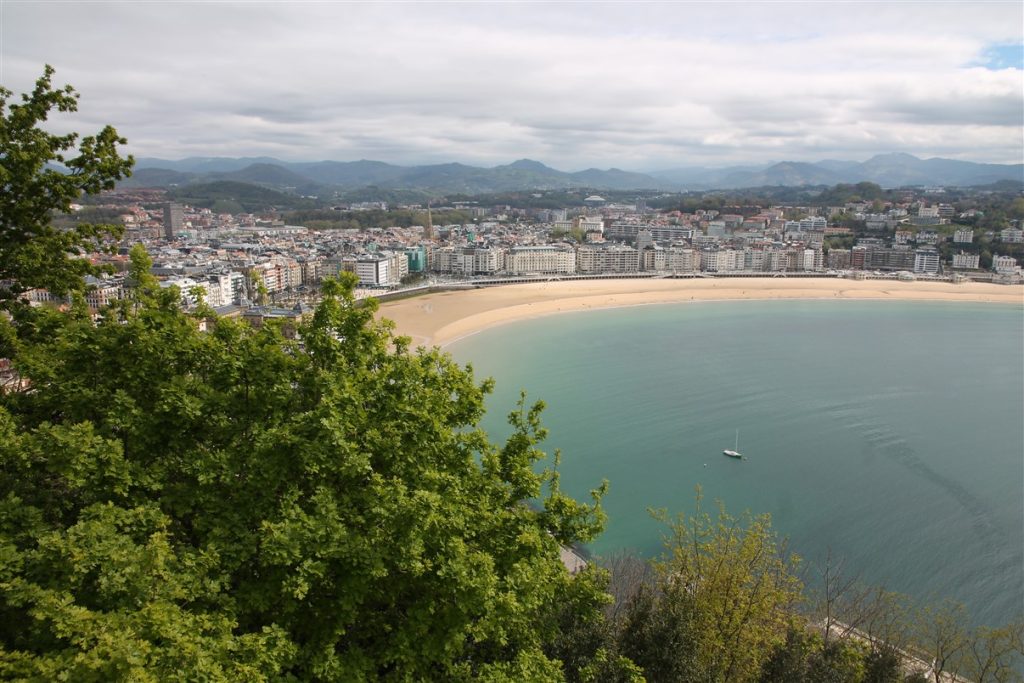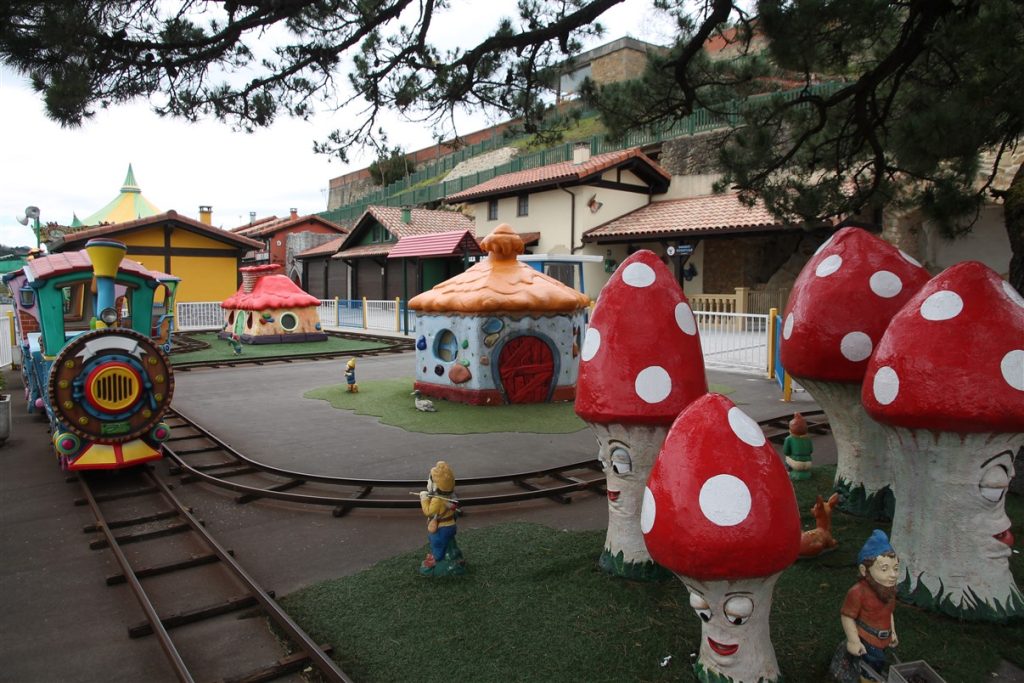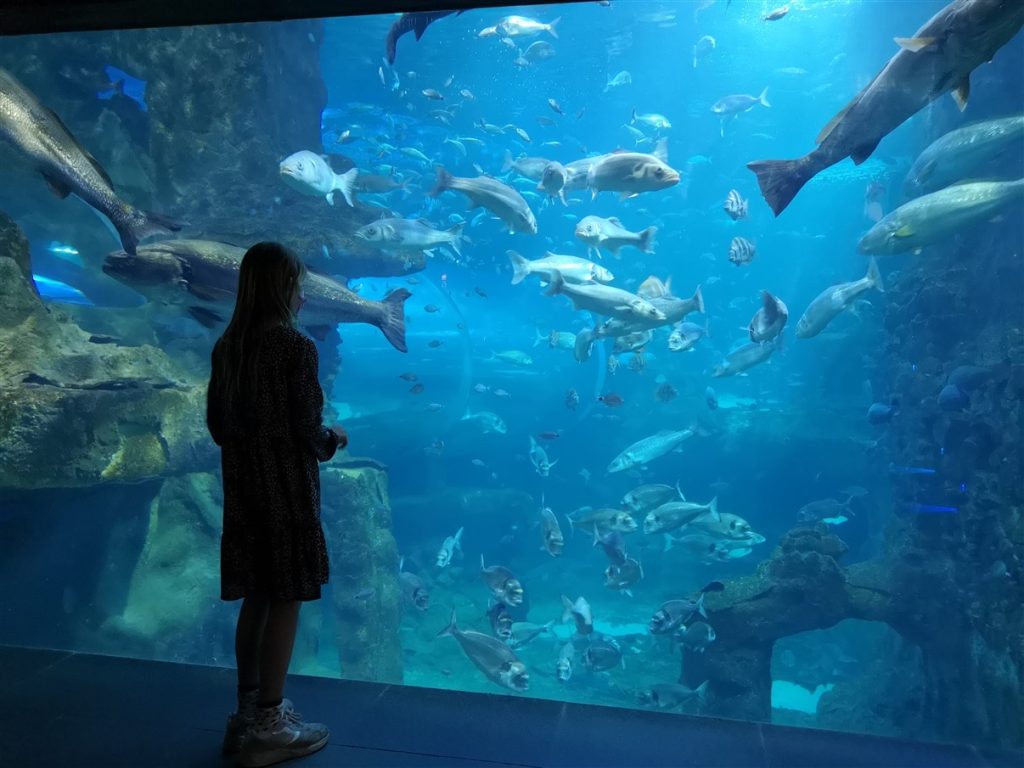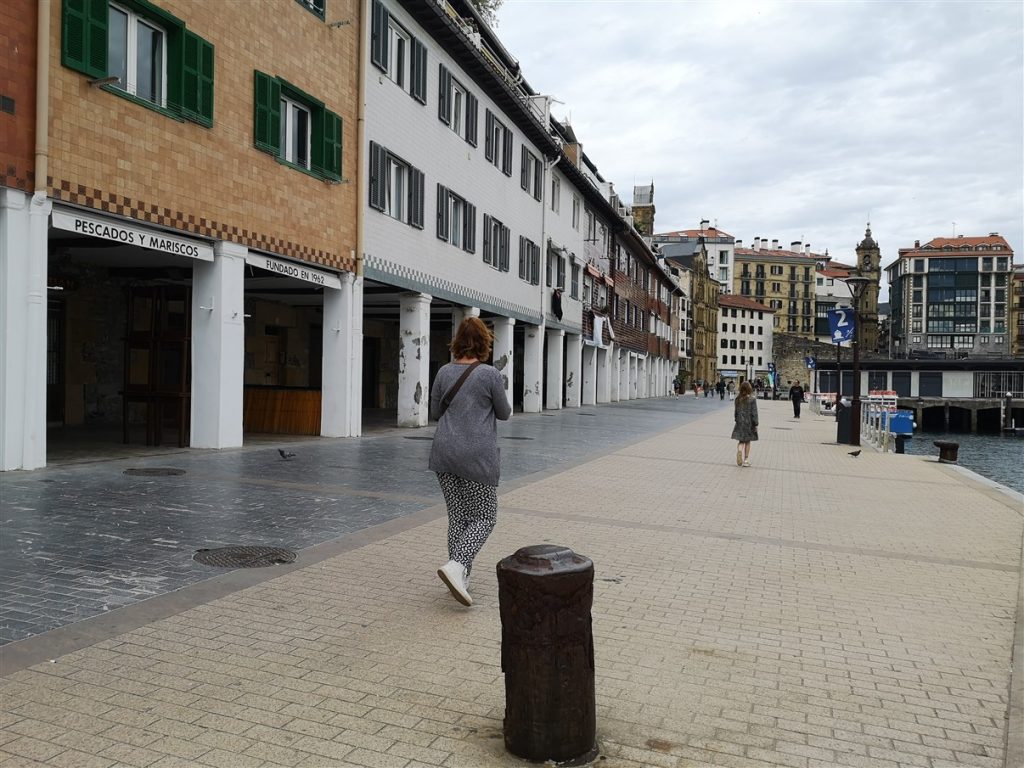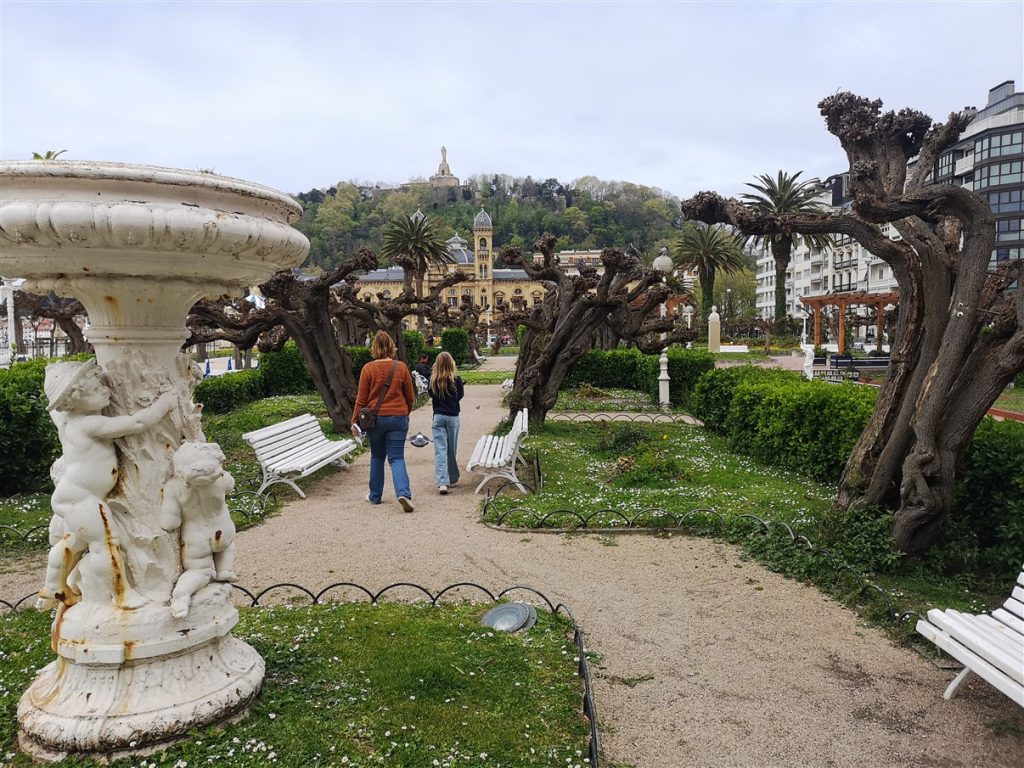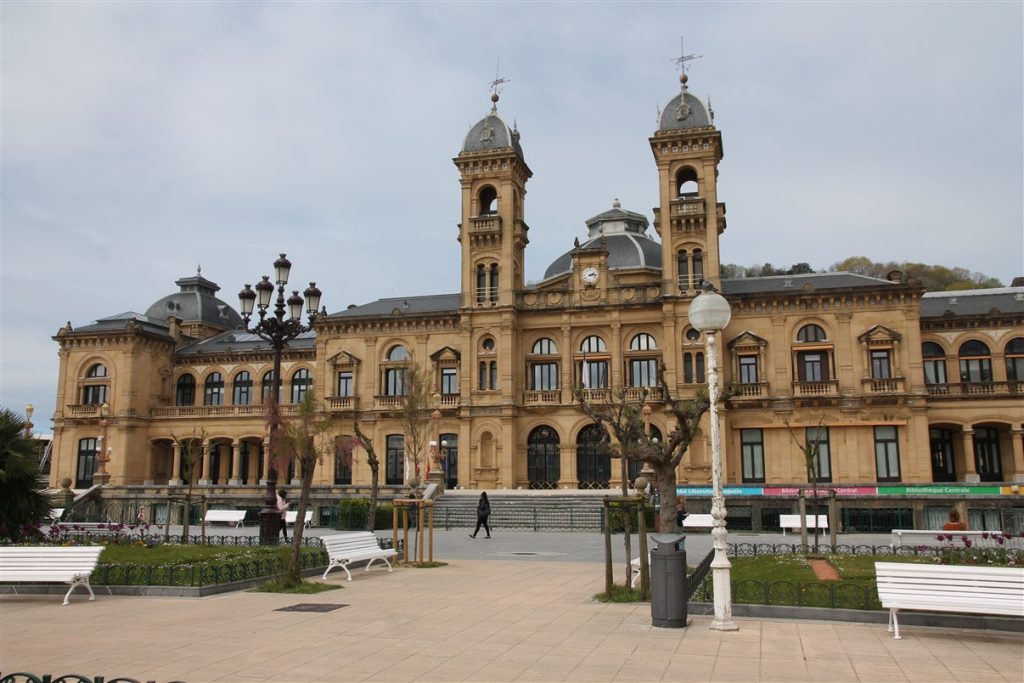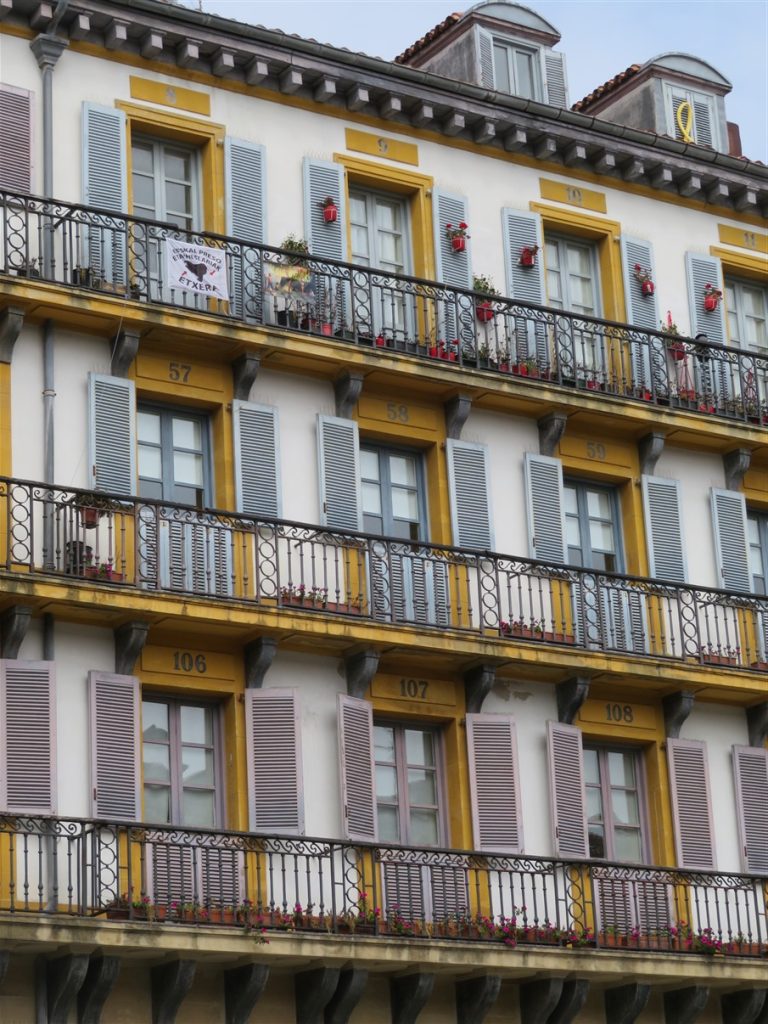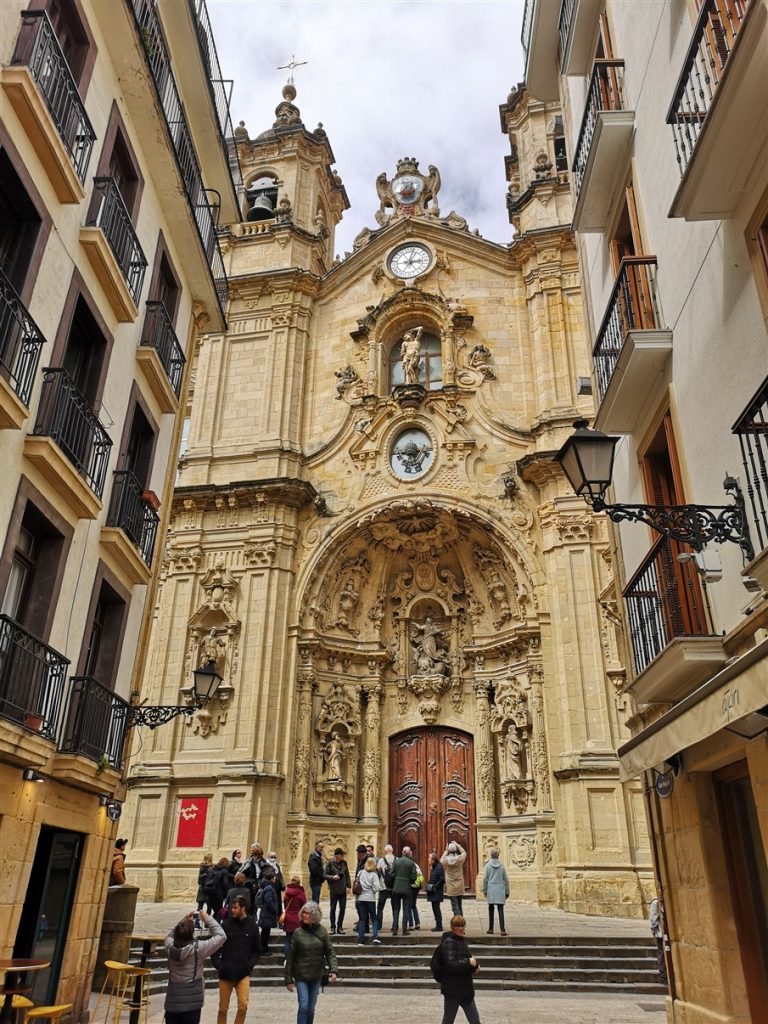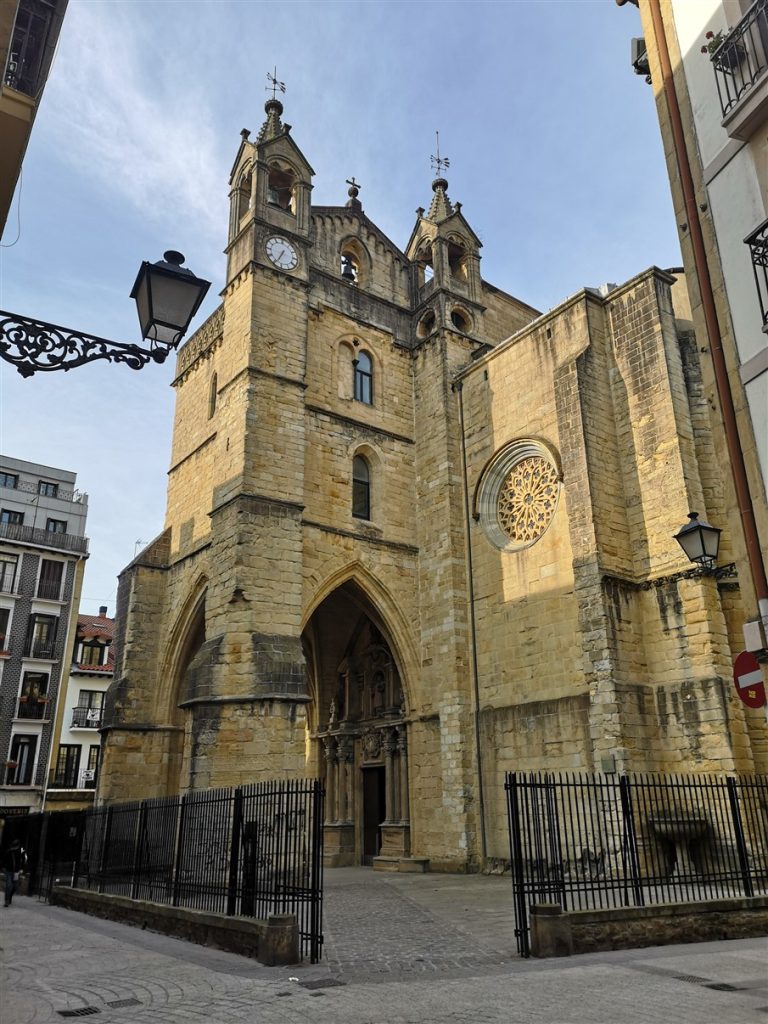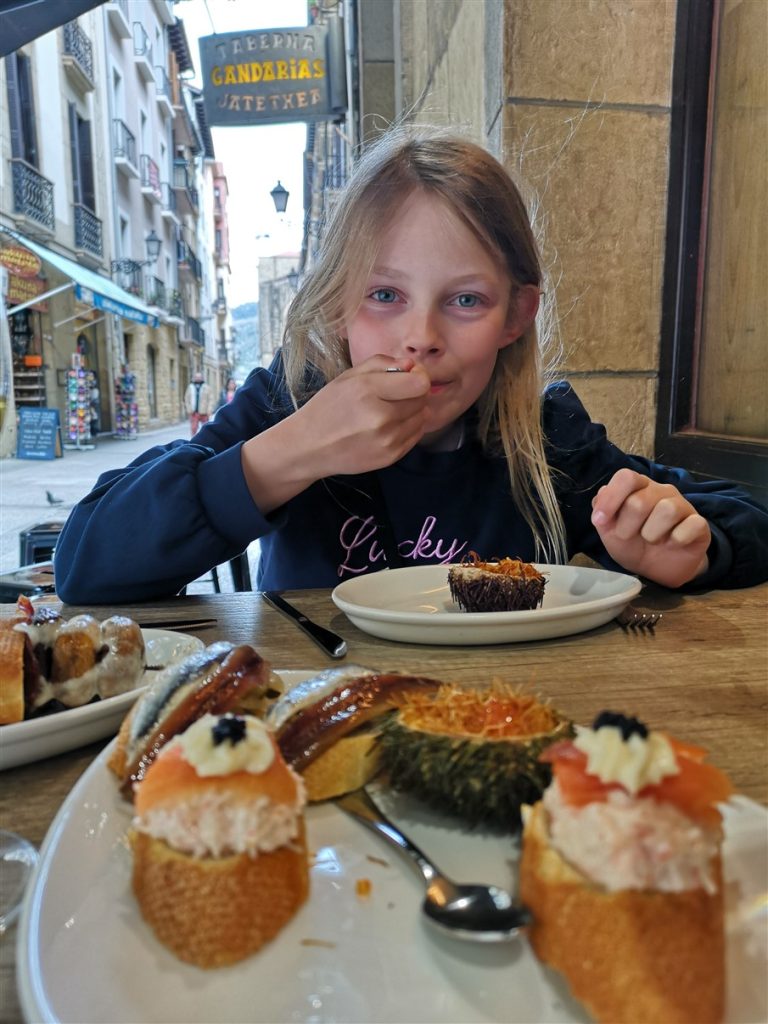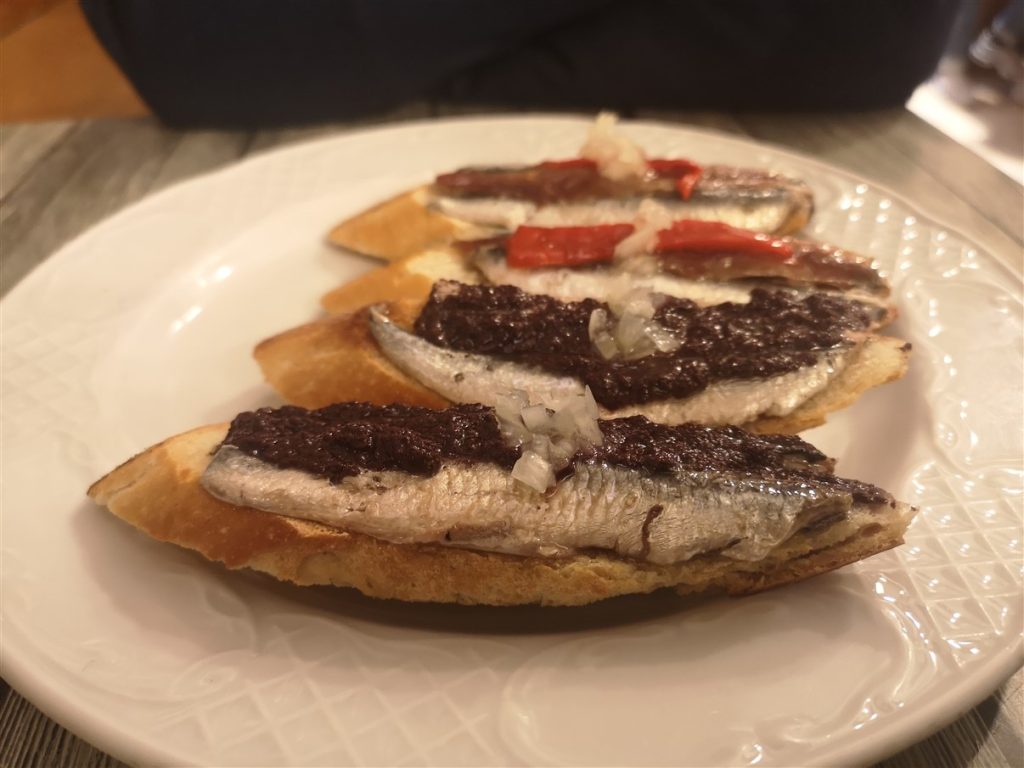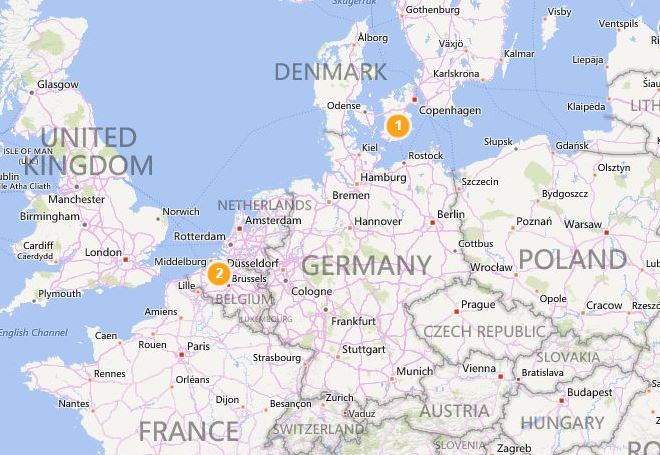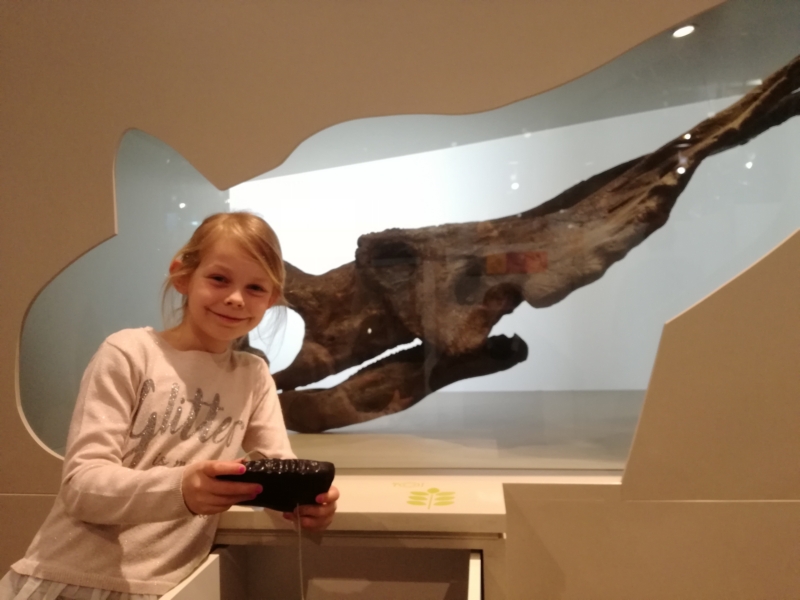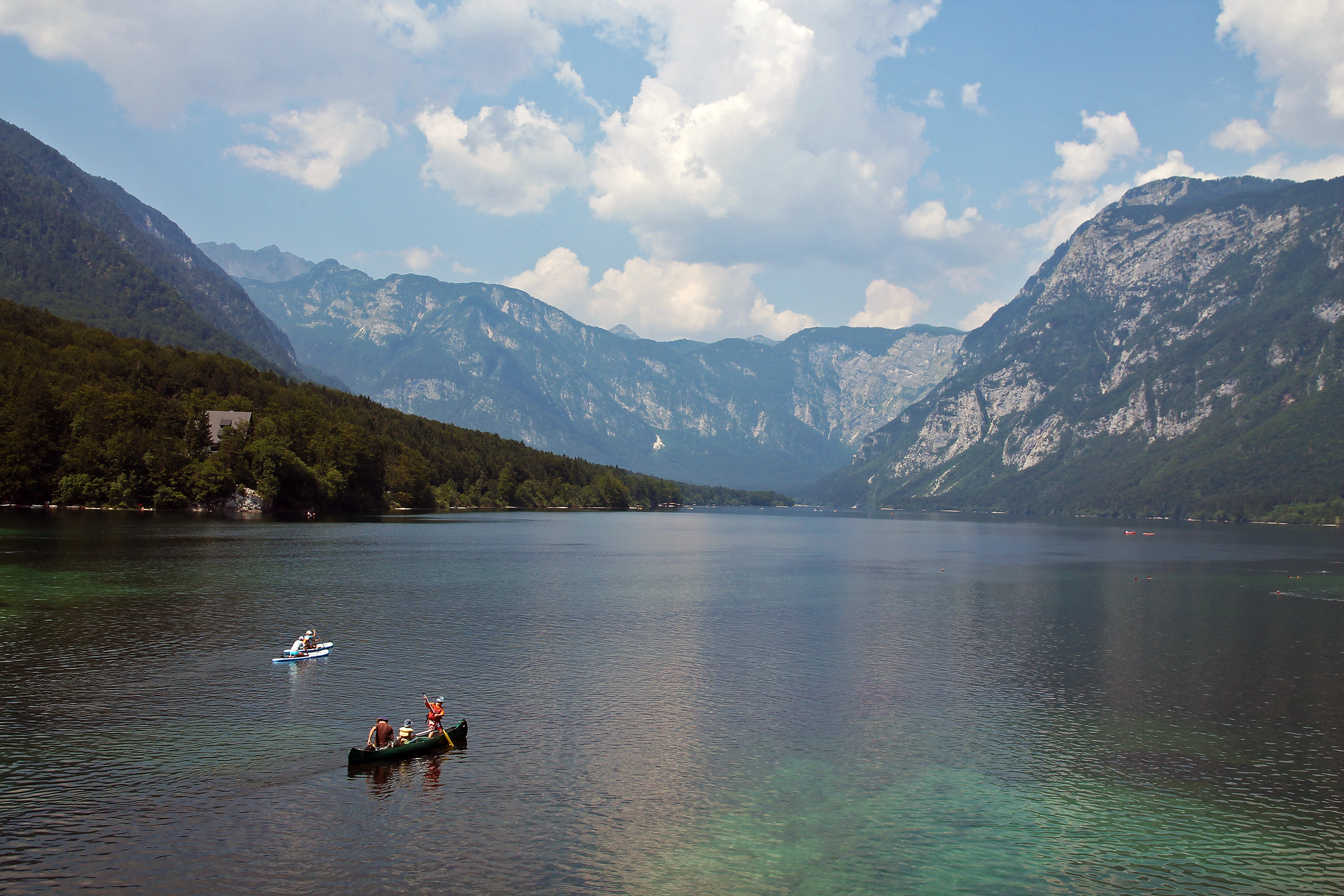Last year (that’s 2022 if you are reading this a few years from now), we went on a road trip to Northern Spain during the Easter holidays. The general idea of this trip was double: first of all, we had never been to this area before, so we set out to explore it. Secondly, we wanted to try out travel with a camper van for the first time. So two firsts, and in both cases it was spot on. We really enjoyed the freedom that came with our (hired) camper van and we also loved all regions we’ve visited during our round trip: the Basque Country, Cantabria, Riocha and Navarra. One city, however, stood out from the rest and really stole our hearts… San Sebastian.
San Sebastian is the first city you’ll come across when crossing the border from France on the western (Atlantic) side of the Pyrenees. Its location between the Atlantic coast and the rugged peaks of the Pyrenees is already a big asset, but this city has much much more to offer for the visitor (and the inhabitant as well, of course), as we soon would realize after parking our camper van on one of the parking spots closest to the city centre. The camper spot itself was far from spectacular, but we still reckon our two days in San Sebastian to be the most memorable of our entire trip. And here is why…
Location is everything…
The parking lot where we parked our camper van was situated close to the university campus, in the western part of the city (Parking Autocaravanas San Sebastián). Since San Sebastian is a small city, it took us only half an hour to get to its major eye-catcher: the beach of La Concha. Along the way we were able to soak in the pleasant atmosphere of this laid-back city. Only when we finally reached the coast, however, were we able to fully appreciate the real heart of San Sebastian and the unique location of this city. Situated between the mountains of the Pyrenees and the wild and rough Atlantic Ocean, built along its semicircular coastline and overlooked by two eye-catching seaside hills, San Sebastian is truly an amazing spot… The secluded character of La Concha bay and the old town, lined by the beach and flanked by the hills, gives it a cosy, somewhat isolated and peaceful atmosphere.

La Concha Beach.
We entered La Concha from the western side and immediately understood that this, together with the old town, is the beating heart of this city. Even though the early spring days of April were still cold, there was already a lot going on, even though it was never too crowded (a clear advantage of visiting San Sebastian outside of the busy summer holidays). For example, many donostiarra (inhabitants of San Sebastian, or Donostia in Basque language) were walking their dog(s) here. We quickly concluded that with the beach so close to the city, this must be dog heaven. We also saw a group of boys and girls on a school trip, witnessed a number of people attempting their first guided sup experience, and watched a “street” artist doing his magic in the sand. We had brought our frisbee along and totally blended in… La Concha is a magical, soothing place that immediately calms the mind…
Three modern, steel sculptures by artist Eduardo Chillida have been installed just west of the beach, near Monte Igueldo. Taking a closer look at El Peine del Viento (‘The Comb of the Wind’) is definitely worth the (short) detour and will bring you at the edge of the water, where you can enjoy the views and experience the waves crashing against the rocks. If the waves are high enough, water will spray like tiny geysers through the holes in the viewing platform…
Monte Urgull.
Although it sounds like a mountain somewhere in the darker parts of Middle Earth, Monte Urgull is actually the hill against which the old town of San Sebastian is partly built. Towering above its narrow streets, Mound Urgull is a green, forested spot. You can climb up all the way to its top by following the walkway that starts just left of the Basílica of Santa María. If you do so, you will feel like entering a totally different world: a serene forest with stunning views along the way, especially when you get a bit higher.
One of the most remarkable sights along the way is the Cementerio de los Ingleses (English Cemetary), which is believed to be the resting place of English soldiers who fell in the Guipuzcoa province during the first Carlist war (19th century). Despite their grim history, the moss-covered structures are picturesque and idyllic.
The summit of Monte Urgull is crowned by the 12th-century Castillo de la Mota fortress. Some canons are still in place, so you get a good idea of how it must have felt in those days gone by. Mount Urgull’s strategic location has been very important in the city’s history over the centuries, and this military fortress was responsible for its protection. It was originally built, together with the city walls, under the rule of King Sancho VII of Navarra. The fortress now houses the Casa de la Historia de Urgull, a museum about the 800-year old history of San Sebastian. It is small and unpretentious, and that’s exactly why we really enjoyed visiting it.
The most striking eye-catcher of Mount Urgull is El sagrado corazón (The Sacred Heart), a 12 meter high statue of Christ (“Cristo de la Mota”). It was built in 1950 and overlooks the city as its protector. We have to admit that overlooking the city from here is a very good plan indeed, as Mount Urgull offers some of the best panoramic views over San Sebastian. And maybe that’s the main reason why anyone visiting this city should climb up to its summit…
Mount Igueldo.
This seaside hill, just west of the bay of La Concha, combines fun and history with breathtaking views. And the fun comes in different shapes and colours… First of all, getting there is already an adventure. The wooden carriages of the Igeldo funicular take you back to the early 1900s and are an attraction of their own. It connects Ondarreta Beach with the top of Monte Igueldo, 320m higher. Once you reach the top, you will be surprised to find an amusement park here. There is a wooden rollercoaster, a haunted house, a magical labyrinth, a toboggan… Again, all these attractions date back to the beginning of the 20th century, so it’s all faded glory. When we visited San Sebastian (in April), all attractions were still closed, but fortunately Febe could still get the cotton candy she wanted so much…
Monte Igueldo is also a good spot to take the perfect panoramic photo of San Sebastian, including Monte Urgull and the island of Santa Clara.
The San Sebastian aquarium.
Located in the harbour of San Sebastian (at the base of Monte Urgull), the aquarium annex museum was originally inaugurated in 1928. It is nevertheless not old-fashioned at all! Especially the huge underwater tunnel is impressive and state-of-the-art. We also loved the interesting museum, with exhibitions about oceanic life, the history of fishery and whale hunting.
The old town.
The old town is accessible from La Concha. You first pass through the colourful Parque Alderdi-Eder, in front of San Sebastian’s 19th-century town hall. East of the town hall, you will find the green Boulevard of San Sebastian, ideal for a relaxing stroll and an ice cream. From here, you can enter the old town’s narrow streets and get lost. To suddenly arrive at the Constitution Square (Plaza de la Constitución, early 19th century), the nerve centre of the Old Town because all festivities take place here. You will notice that all windows are numbered: the numbers still mark the bullring boxes that the houses formerly used to be and from which you could watch the bullfight. Another eyecatcher is the 18th-century, baroque Basílica de Nuestra Señora del Coro (Basilica of Saint Mary of the Chorus), at the northern end of the Parte Vieja. We did not enter the church, but the ornamented front with its two towers is already very spectacular indeed. Because the streets are so narrow, a surprise might be waiting behind each corner. Such as the 16th-century, gothic Iglesia de San Vicente, for example: the oldest church in town.
But the main reason why we loved the old town so much, were the
Pintxos.
Pintxos are small snacks, usually presented on a slice of baguette and spiked with a toothpick. They are the Basque Country’s answer to the tapas of southern Spain. The Parte Vieja of San Sebastian is packed with pintxos bars that compete with each other for the most tasteful, beautiful, exquisite, unique or extraordinary collection of pintxos, obviously paired with evenly exquisite local wines. When you enter a bar, you will have to face the task of ordering from the vast number of delicately crafted bites on display. Everything looks so delicious, like little works of art that you can (and should) actually eat. Seriously, we really wanted to try everything. There was especially a lot of seafood on offer, such as anchovies, sea urchins and prawns, but you can also find vegetarian alternatives and pintxos with meat.
Pintxos bars are essential for the local culture. This is where the donostiarra come together before dinner to eat, drink and socialize. These are the places we can recommend:
- Gandarias. Our first experience. We tried sea urchins, anchovies and crab here, but also a splendid pintxo with goat cheese and nuts.
- Bar Txepetxa. A tiny bar, but Maarten’s favourite, since it is specialized in anchovies. Time your visit so that you’re there at opening time: this place is full in no time. We ordered several times, just like all the other customers, and never did the staff write anything down. But in the end, they perfectly knew who had ordered what. Astonishing! Best anchovy pintxos in town!
- Mesón Portaletas. Delicious food, especially the sirloin pintxos and scallops.
- Borda Berri. The final stop of our 2-day pintxos frenzy, and a definite highlight. We had tender beef cheeks with mashed potatoes, tender pork rib and cod stew.
Conclusion.
If you ever travel to the north of Spain, spend a few days in San Sebastian. You won’t regret it!


